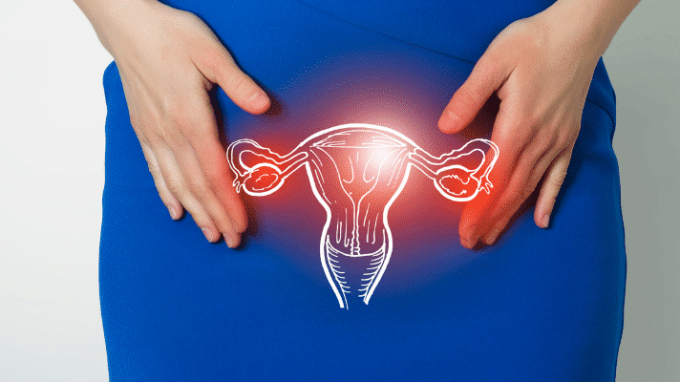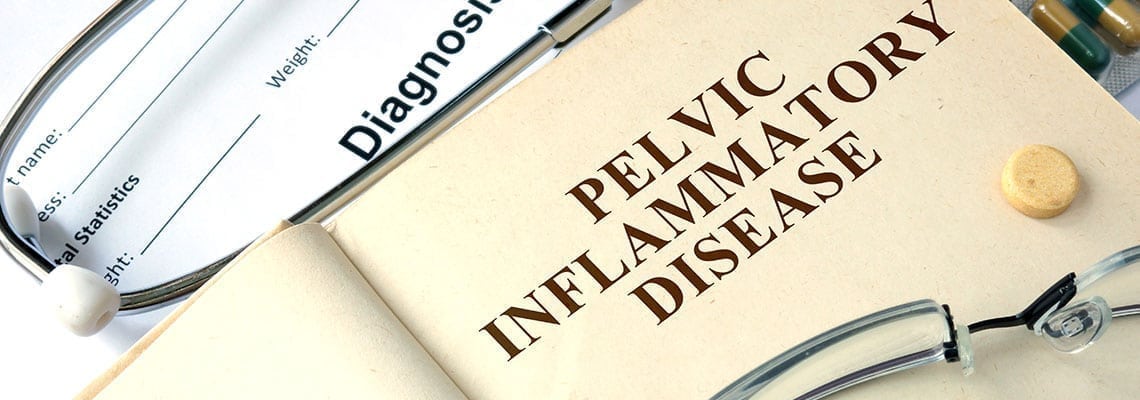Pelvic adhesion is the medical term for pelvic scar tissue. If the adhesion is found near the fallopian tubes, the ovaries or the uterus, it can cause infertility. Many women may not be aware that pelvic adhesions could play a role in infertility.
What are the Causes of Pelvic Adhesions?
The adhesions are caused by the following:
- Previous pelvic or abdominal surgery
- Endometriosis
- Infections
Even inflammations like appendicitis may lead to the development of adhesions in the pelvic area. In a most unkind and unhelpful paradox, surgery to remove pelvic adhesions and improve fertility may result in the formation of additional adhesions.
Pelvic Adhesions Overview
Adhesions are scar tissue. The body produces scars in response to some kind of injury. Scars are typically stronger than the tissue they replaced, but they aren’t as flexible. When scars block a vital area necessary for conception, such as the tip of the fallopian tube, it may become impossible for a fertilized egg to enter the uterus. A fertilized egg trapped in the fallopian tube creates a medical emergency called an ectopic pregnancy. If not removed, the egg will continue to grow inside the tube until it bursts, so scar tissue can do much more than just prevent a pregnancy.
When adhesions form inside the uterus, they can prevent the fertilized egg from implanting, even though it sailed through the fallopian tube with no problem. Even if the egg does successfully implant into the uterine wall, adhesions there may cause repeated miscarriages. Ovarian adhesions can also interfere with normal egg production and can definitely contribute to infertility.
Pelvic Adhesive Disease

- Abdominal cramping
- Pelvic pain
- Nausea
- Bloating
- Bowel obstruction
These symptoms are not necessarily specific to pelvic adhesive disease and may indicate the presence of other problems. Only a medical professional can definitively diagnose pelvic adhesions.
Diagnosis
Pelvic adhesions may be diagnosed using several methods:
- Laparoscopy
- Hysterosalpingogram
- Hysteroscopy
Laparoscopy is a minimally invasive surgical procedure in which the doctor uses small incisions, lighted tubes and cameras to view the pelvic cavity for any signs of disease. Depending on the severity and location of the adhesion, surgical repair may be possible with this technique. Laparoscopy carries a relatively small risk of additional adhesions when compared to more invasive types of surgery.
Hysterosalpingogram is an X-ray procedure. A special dye is inserted into the uterus through the vagina. The dye will follow the path of the uterus and move upwards into the fallopian tubes. The doctor watches the dye’s path on an X-ray screen and looks for any signs of fallopian tube blockage that may indicate the presence of pelvic adhesions.
Hysteroscopy is a procedure during which a lighted tube is inserted through the cervix to examine the interior of the uterus for any abnormalities including pelvic adhesions.
Ultrasound tests may also be used to diagnose pelvic adhesive disease.
Possible Treatments
Treatment depends on the cause of the adhesions. It may be possible to prevent adhesions caused by endometriosis by early treatment of the condition with medication. The same is true of early treatment of pelvic infections. This is why persistent or unusual pelvic pain should always be reported to your physician. Your future fertility may depend on it.
Surgical treatment for pelvic adhesions may be risky because of the chances for the formation of even more adhesions, but it is possible to remove or improve adhesions with laparoscopic surgery. This improvement may be enough to allow conception.
Reducing the Risk
Women can help reduce the risk of pelvic adhesions by discussing any kind of planned abdominal surgery with the surgeon, who can use special barrier techniques to help prevent adhesions from forming. Another major risk factor, infection, is also preventable in many cases by avoiding sexually transmitted diseases. Use condoms for all sexual encounters outside of a monogamous relationship to avoid infections and preserve your fertility.





